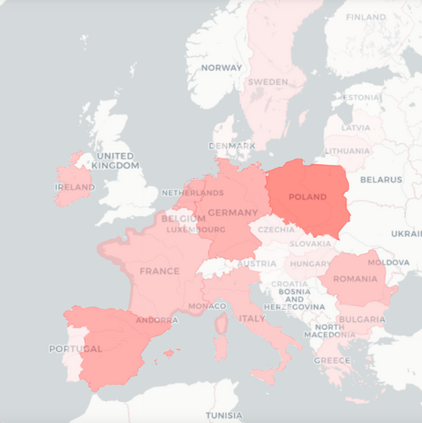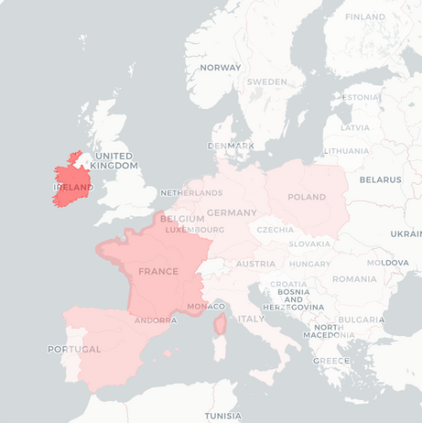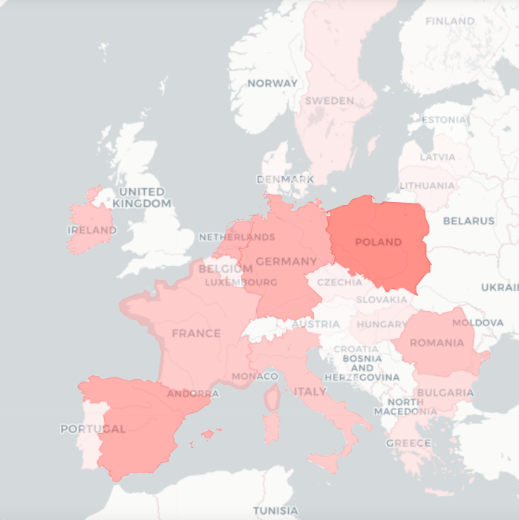Most of the studies related to human mobility are focused on intra-country mobility. However, there are many scenarios (e.g., spreading diseases, migration) in which timely data on international commuters are vital. Mobile phones represent a unique opportunity to monitor international mobility flows in a timely manner and with proper spatial aggregation. This work proposes using roaming data generated by mobile phones to model incoming and outgoing international mobility. We use the gravity and radiation models to capture mobility flows before and during the introduction of non-pharmaceutical interventions. However, traditional models have some limitations: for instance, mobility restrictions are not explicitly captured and may play a crucial role. To overtake such limitations, we propose the COVID Gravity Model (CGM), namely an extension of the traditional gravity model that is tailored for the pandemic scenario. This proposed approach overtakes, in terms of accuracy, the traditional models by 126.9% for incoming mobility and by 63.9% when modeling outgoing mobility flows.
翻译:与人员流动有关的研究大多侧重于国内流动,然而,有许多情况(例如疾病传播、移徙),及时提供国际通勤人员的数据至关重要。移动电话是及时监测国际流动流动的独特机会,并有适当的空间汇总。这项工作提议使用移动电话生成的漫游数据来模拟国际流动的进出。我们使用重力和辐射模型来捕捉非药物干预之前和期间的流动流动流量。然而,传统模型有一些局限性:例如,流动限制没有被明确抓住,而且可能发挥关键作用。为了超过这些限制,我们提议采用COVID重力模型(CGM),即扩大适合大流行病情景的传统重力模型。在准确性方面,拟议方法超越了传统模型,即流动流动率126.9%,流动量模型63.9%。







